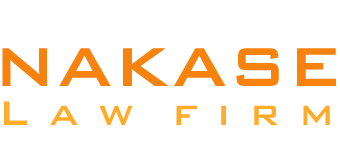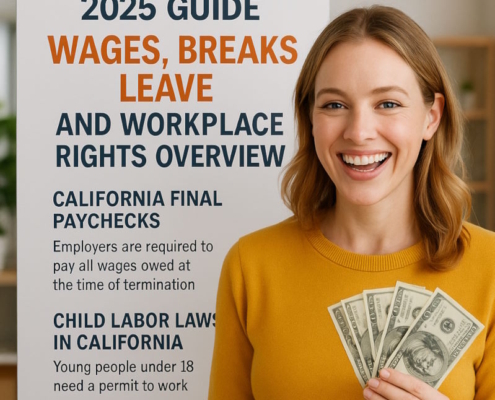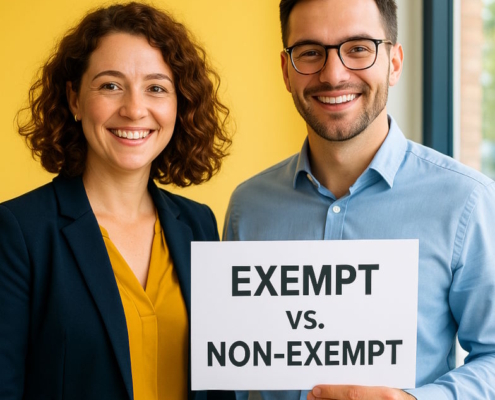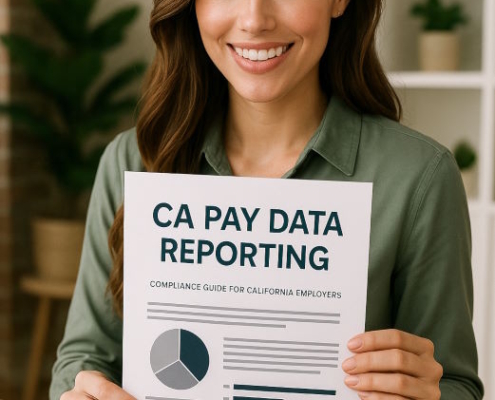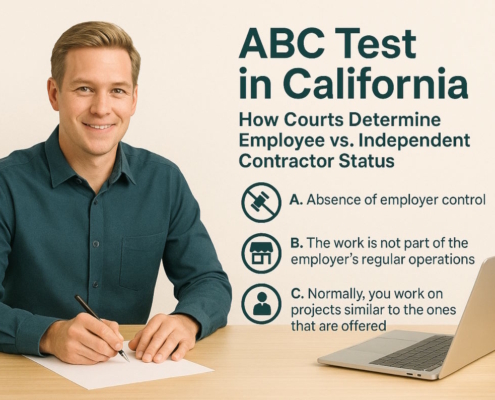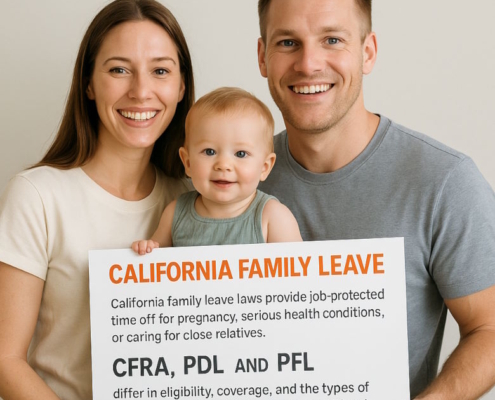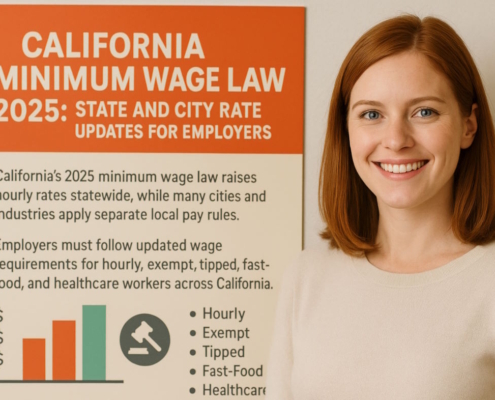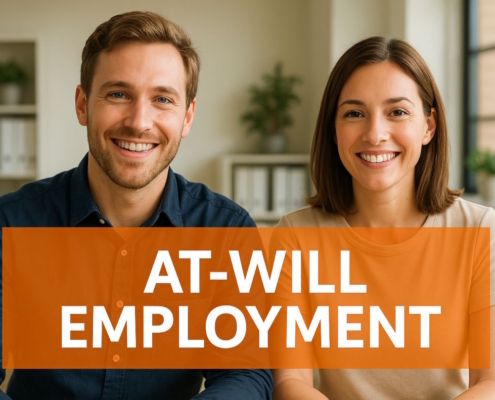What is short term disability?
When employees can’t work for a long time because of an illness or injury that isn’t related to their position, it can be bad for both them and the company they work for. Lost wages put a strain on workers’ finances, while decreased output hurts businesses. In the worst case, skilled workers who aren’t given the resources they need end up leaving their jobs. Short-term disability payments could help with this issue.
What does short-term disability insurance cover?
For workers who are unable to work due to a short-term disability, the government offers a benefit known as income replacement, which pays out a portion of the employee’s pre-disability earnings each week. It usually pays for medical expenses and accidents that happen outside of work that workers’ compensation wouldn’t.
How does short-term disability help workers?
Whether you qualify for short-term disability depends on your state’s regulations and the provider you choose. In a nutshell, the choices are:
- Conventional: entire premium paid by employers
- Contributory: Both the company and the worker pay for the benefit.
- “Core buy-up” means that workers can choose to acquire more insurance
- Voluntary: Workers pay for their own disability payments
Once an employee has signed up for one of the plans offered, if they become disabled, they can get a part of their weekly pay. Replacement wages can be anywhere from 40% to 70%, and in some cases, the most that a person can get each month is set.
Compensation for a partial disability
It is possible for employees with partial disabilities to work part-time while still receiving their full pre-disability earnings as long as their claim is active. This benefit is a great way to get people back into the workforce.
Services for rehabilitation
With the help of vocational rehabilitation counselors, several insurance plans let workers design unique strategies for getting back to work after an injury. Workplace adjustments, temporary assignments, and other reasonable accommodations may all be part of such plans.
For how long is short-term disability coverage available?
The following are the leading causes of claims for short-term disability benefits:
- Injuries
- Accidents
- Leave for pregnancy and motherhood
- Illnesses
As a general rule, a medical condition cannot be considered work-related in order to qualify for short-term disability benefits; otherwise, the employer’s workers’ compensation insurance could pay for the expenses.
On what date do the benefits for short-term disability begin?
As soon as an injury is listed as a short-term disability, employees can start collecting payments. Nevertheless, the usual time for compensation to begin is eight days following the filing of a claim.
What is the length of a short-term disability?
Strictly speaking, short-term disability is just that—temporary. Depending on the service provider, the length of coverage could be:
- Thirteen weeks
- Twenty-six weeks
- Fifty-two weeks
Disability: short-term vs. long-term
A short-term disability benefit is a weekly payment that typically does not exceed one year. In contrast, workers can collect long-term disability payments every month until they reach SSNRA, or 65 years of age, whichever comes first.
What is the short-term disability pay rate?
The cost of short-term disability insurance varies according on the employee’s age and weekly salary. But according to the U.S. The estimated annual cost for private sector employers to offer both short- and long-term disability coverage is 1% of the overall compensation cost, or $624 per full-time worker, according to the Bureau of Labor Statistics.
Do taxes apply to short-term disability?
Short-term disability payments may or may not be taxed depending on how the premiums are paid in the year of the disability. So, here’s how it works:
Once an employee becomes disabled, the benefits they receive are subject to taxation if the premiums were paid fully with pretax money.
Premiums paid in full with after-tax funds will not be subject to taxation on the benefits.
When paying for disability insurance with a mix of pre- and post-tax funds, the benefits are subject to taxation based on a pro rata calculation that takes into account a three-year lookback period for group plans and a year’s lookback period for personal policies.
Why is short-term disability insurance a good idea?
Before investing in short-term disability insurance, businesses should consider the costs and benefits. Workers’ morale can take a hit instead of a boost if the disability plan is out of reach financially. Successful cost-benefit analysis may allow employers to:
- Recruit top-notch individuals
- Hold on to important employees
- Boost participation from workers
- Improve workers’ financial security
Which states have a policy that mandates short-term disability for workers?
Providing short-term disability insurance is voluntary in the majority of states; however, in a small number of jurisdictions, it is required. Among them are
- California
- New Jersey
- Hawaii
- New York
- Rhode Island
- Puerto Rico
Commonly asked questions regarding temporary disability
1. What causes a short-term disability?
Claims for short-term disability benefits are typically based on non-work-related injuries or illnesses. Even maternity leave could be eligible.
2. How does FMLA differs from short-term disability?
Unlike FMLA leave, which is unpaid, short-term disability benefits are compensated. This is one of the most striking distinctions between the two programs. The duration of leave, acceptable causes for leave, and employee eligibility are among other ways in which FMLA differs from short-term disability.
3. For short-term disability, how long is the elimination period?
Regular waiting periods for accidents or illnesses are seven, fourteen, and thirty days. It is possible that rewards will be distributed on the day of an accident in certain situations.
4. Does stress, anxiety, or depression qualify you for short-term disability?
Common mental health conditions covered by short-term disability insurance include stress, anxiety, depression, and other similar conditions. On the other hand, these conditions can make the claims procedure more challenging. To assess the employee’s incapacity to work, claims analyzers may require all relevant medical records about the illness.
5. How may I request a short-term disability from my doctor?
Staff members who intend to submit a short-term disability claim should inform their primary care physicians in advance so that they can collect the required paperwork and medical data.
